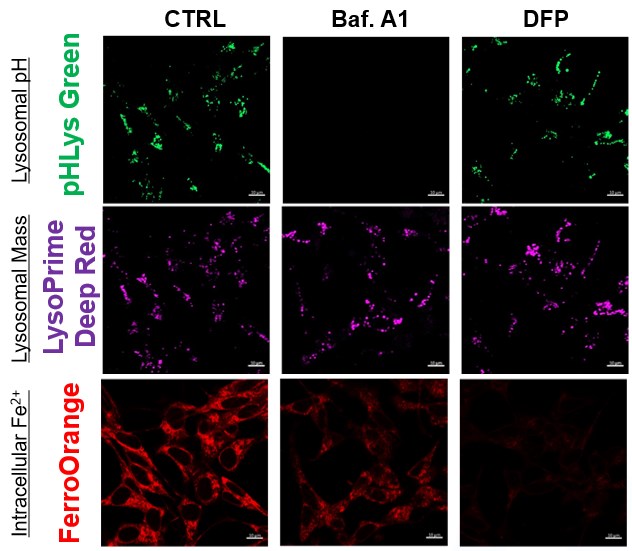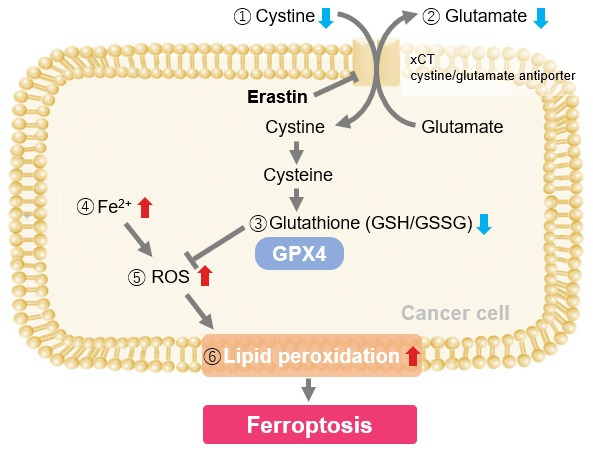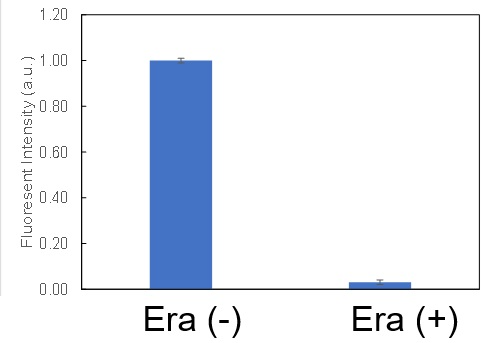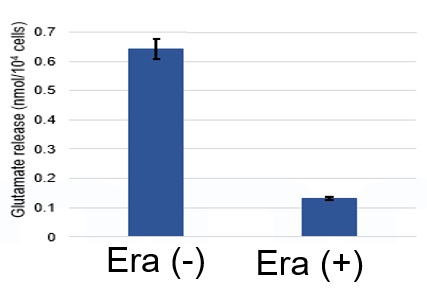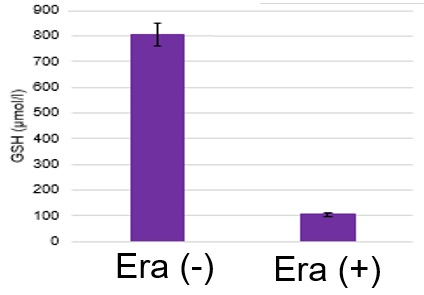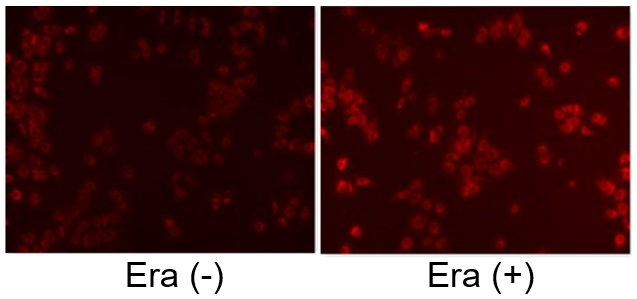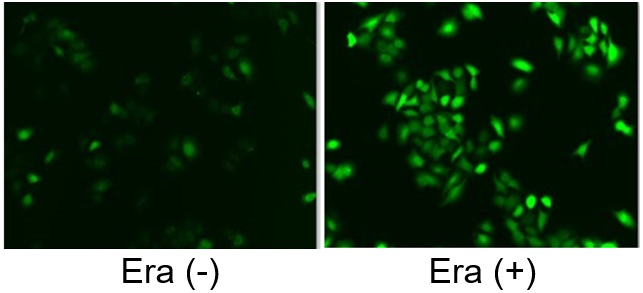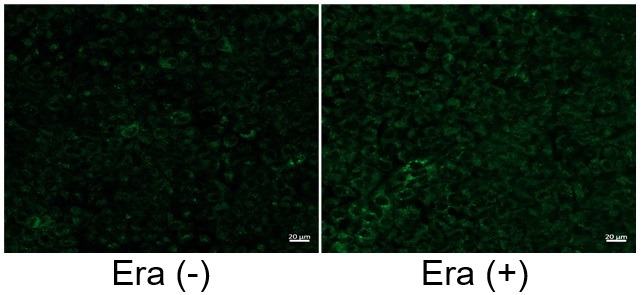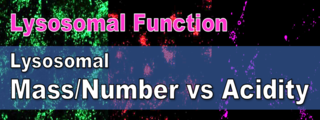Latest Science Note
Dojindo Science Note [Mar. 12, 2024]
|
Ferroptosis is a form of programmed cell death characterized by the accumulation of lipid peroxides to lethal levels and is distinct from other forms of cell death such as apoptosis, necroptosis, and autophagy. In the context of cancer, ferroptosis may act as a tumor suppressor mechanism, as cancer cells often have an increased susceptibility to ferroptosis due to their altered metabolism and increased levels of reactive oxygen species (ROS). Therapeutically, inducing ferroptosis in cancer cells has emerged as a promising strategy for cancer treatment, particularly for tumors that are resistant to traditional therapies such as chemotherapy and radiation. In addition, understanding the specific vulnerabilities of cancer cells to ferroptosis may aid in the design of targeted therapies that exploit these weaknesses, providing a potential avenue to overcome drug resistance and improve patient outcomes. |
||||||||
|
Dietary restriction of cysteine and methionine sensitizes gliomas to ferroptosis and induces alterations in energetic metabolism |
Lysosomal cystine governs ferroptosis sensitivity in cancer via cysteine stress response |
Mitochondria regulate intracellular coenzyme Q transport and ferroptotic resistance via STARD7 |
||||||
|
Point of Interest - A cysteine-depleted, methionine-restricted diet can improve the therapeutic response to RSL3 and prolong survival in a syngeneic orthotopic murine glioma model. - This CMD diet profoundly alters in vivo metabolome, proteome, and lipidome. |
Point of Interest - A shortage of cystine in lysosomes stimulates ATF4 expression through the AhR signaling pathway. - A weakened cysteine stress response increases sensitivity to ferroptosis during cysteine deprivation. - CysRx promotes cancer cell ferroptosis through intracellular nutrient reprogramming. |
Point of Interest - The mitochondrial STARD7 supports coenzyme Q synthesis, promotes oxidative phosphorylation, and maintains cristae morphology. - Its cytosolic counterpart facilitates the transport of coenzyme Q to the plasma membrane and protects against ferroptosis. - Overexpression of cytosolic STARD7 increases the resistance of cells to ferroptosis and reduces the availability of coenzyme Q in the mitochondria. |
||||||
| Related Techniques | ||||||||
| Intracellular / mitochondrial lipid peroxidation detection | Liperfluo, MitoPeDPP | |||||||
| Intracellular / mitochondrial ferrous ion (Fe2+) detection | FerroOrange, Mito-FerroGreen | |||||||
| Mitochondrial superoxide detection | MitoBright ROS Deep Red - Mitochondrial Superoxide Detection | |||||||
| Oxygen consumption rate assay | Extracellular OCR Plate Assay Kit | |||||||
| Lysosomal function | Lysosomal Acidic pH Detection Kit-Green/Red and Green/Deep Red | |||||||
| Glycolysis/Oxidative phosphorylation Assay | Glycolysis/OXPHOS Assay Kit | |||||||
| Related Applications | ||||||||
|
||||||||




